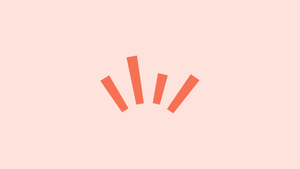
Böse Blumen
In the organizer's words:
"Les Fleurs du Mal (The Flowers of Evil) by Charles Baudelaire are among the milestones of world literature. First published in Paris in 1857, they initially caused a scandal that led to Baudelaire being taken to court. At the same time, the poems in this volume began to have a tremendous impact. In literature as well as in art, they laid the foundations for a new aesthetic that exploded the classical idea of a unity of beauty and goodness.
Starting with Odilon Redon's charcoal drawing "Fleur du Mal" (Flower of Evil) from the Scharf-Gerstenberg Collection, created around 1890, the exhibition takes a journey through the art of early modernism to contemporary works in order to shed light on Baudelaire's aesthetic in its various aspects, its after-effects and side-effects. In addition to a selection of works that were created in direct connection with the poems, the focus here is primarily on individual themes that are present in the "Flowers of Evil".
These include the 'spleen' or depression (a theme to which Baudelaire devoted a large part of his poetry), the consolations of eroticism and intoxication, but also the promises of sweet surrogates or kitsch and the aestheticization of illness and decay. The idea of the excessive, the rampant and the wildly flourishing plays an important role here. For it is often only through exaggeration that goodness begins to tip over into evil.
Exhibition catalog
The exhibition is accompanied by a catalog published by Sandstein-Verlag, with texts by Benjamin Loy, Thomas Röske, Hans von Trotha and others.
Curator
The exhibition is curated by Kyllikki Zacharias, head of the Scharf-Gerstenberg Collection.
A special exhibition of the Nationalgalerie - Staatliche Museen zu Berlin
Price information:
Admission: 12.00 EUR, reduced 6.00 EUR. Free admission for children and young people up to and including the age of 18.















Gemeinsam Events erleben
Events werden noch schöner wenn wir sie teilen! Deshalb kannst du dich jetzt mit Friends und anderen Usern vernetzen um Events gemeinsam zu besuchen. Loslegen